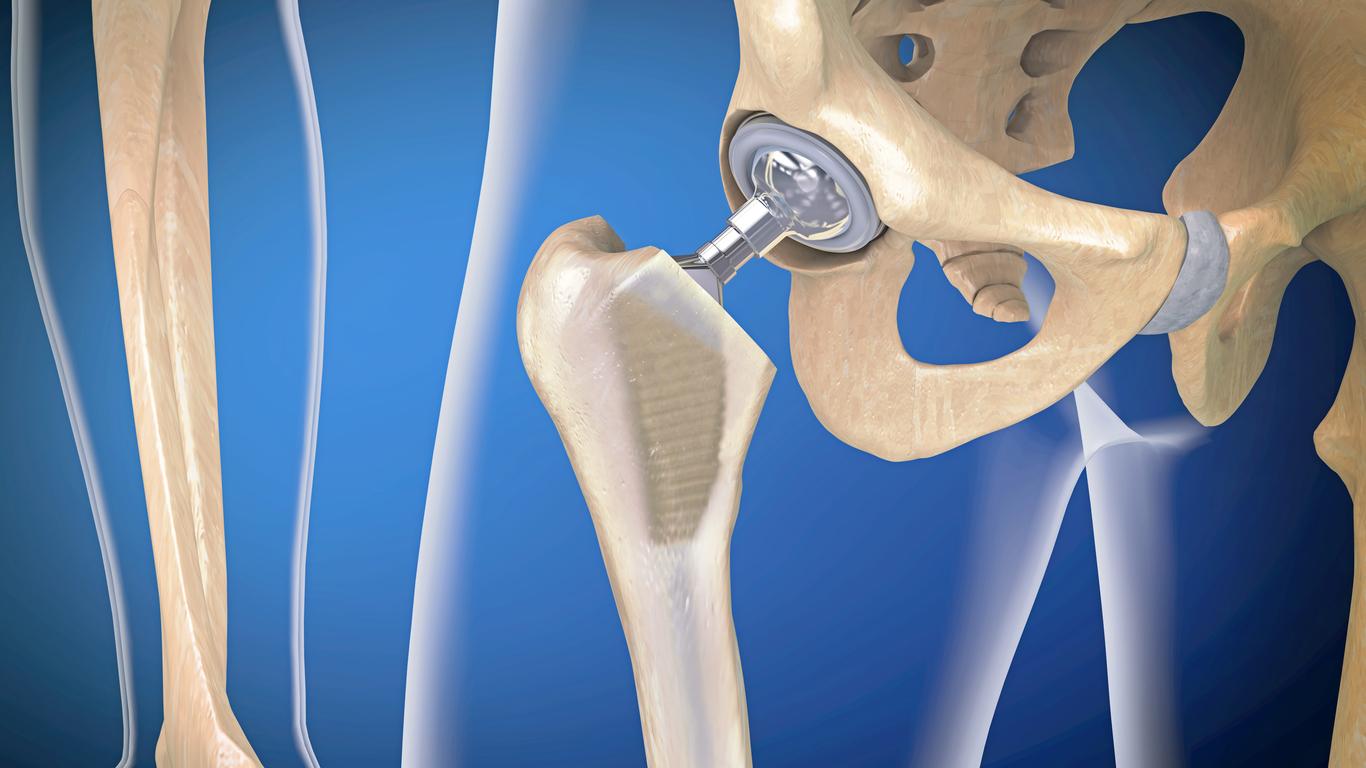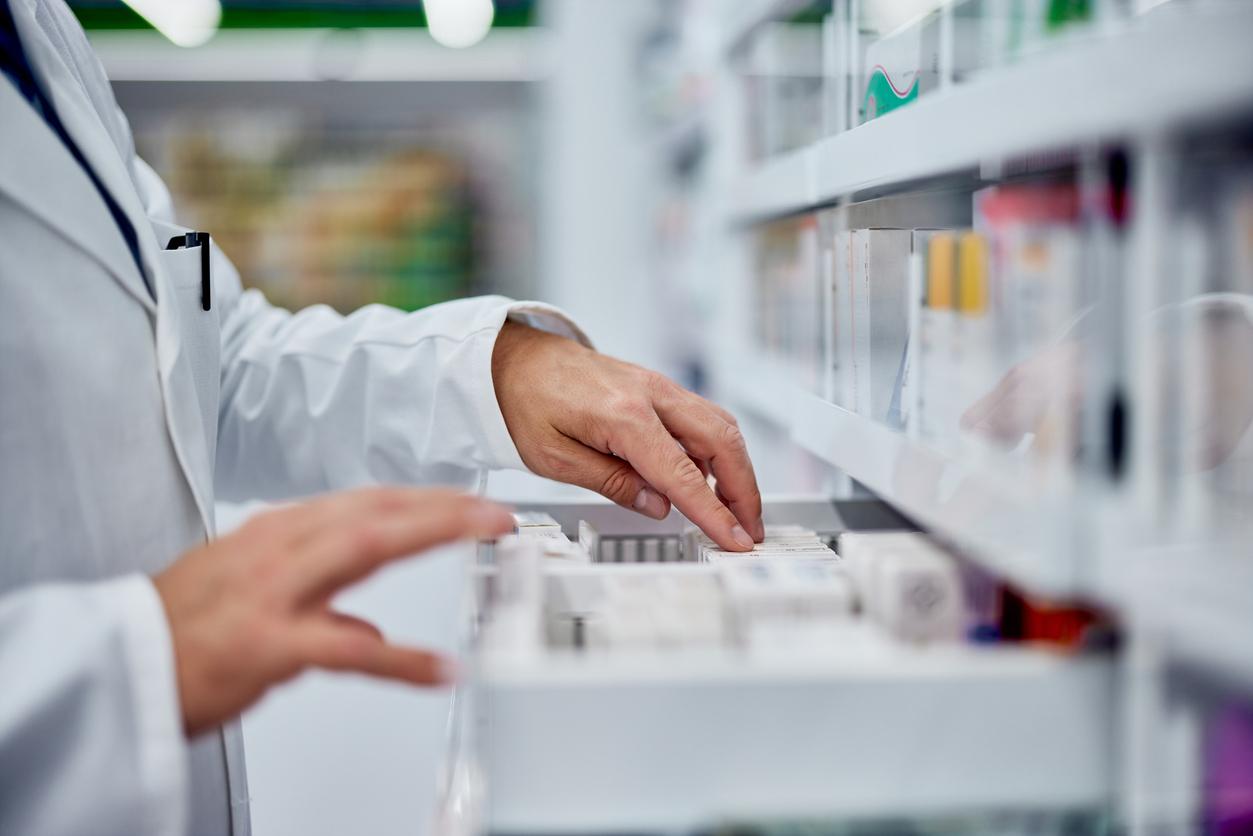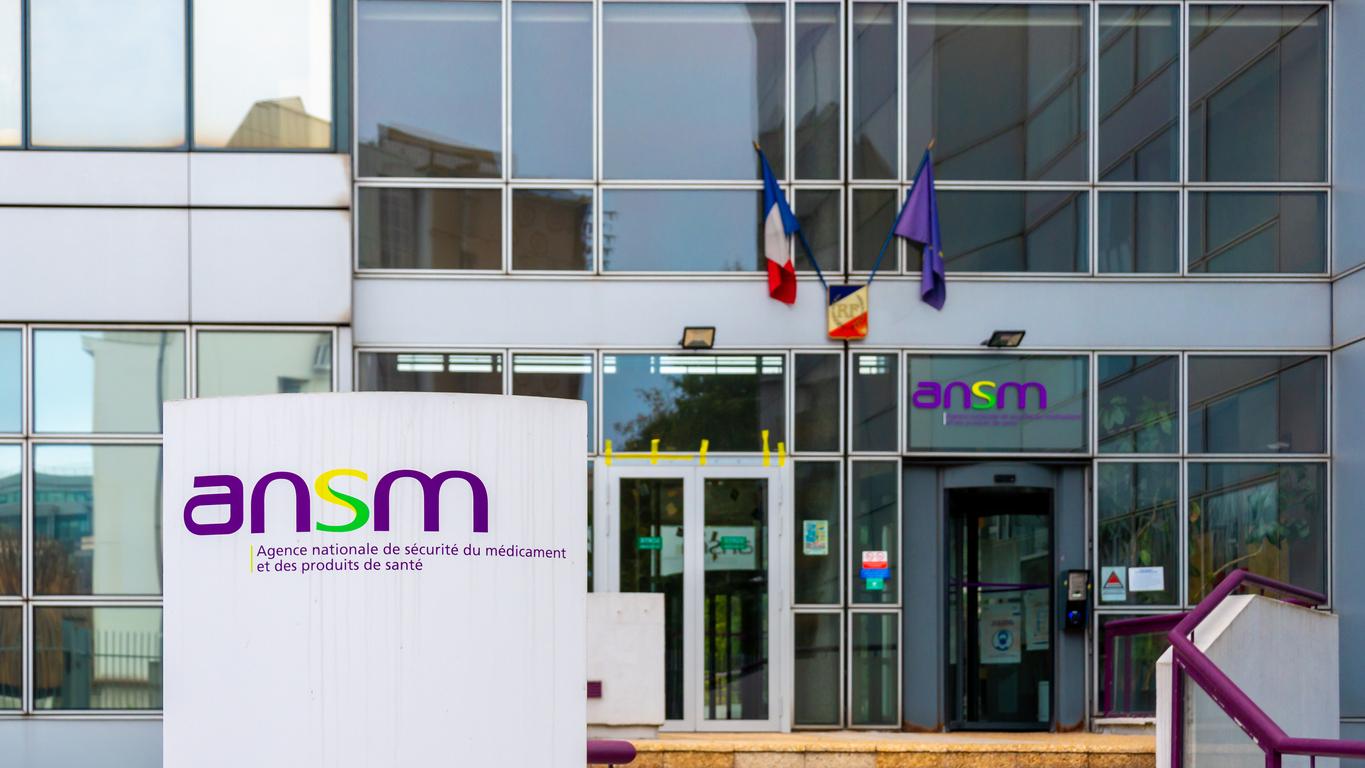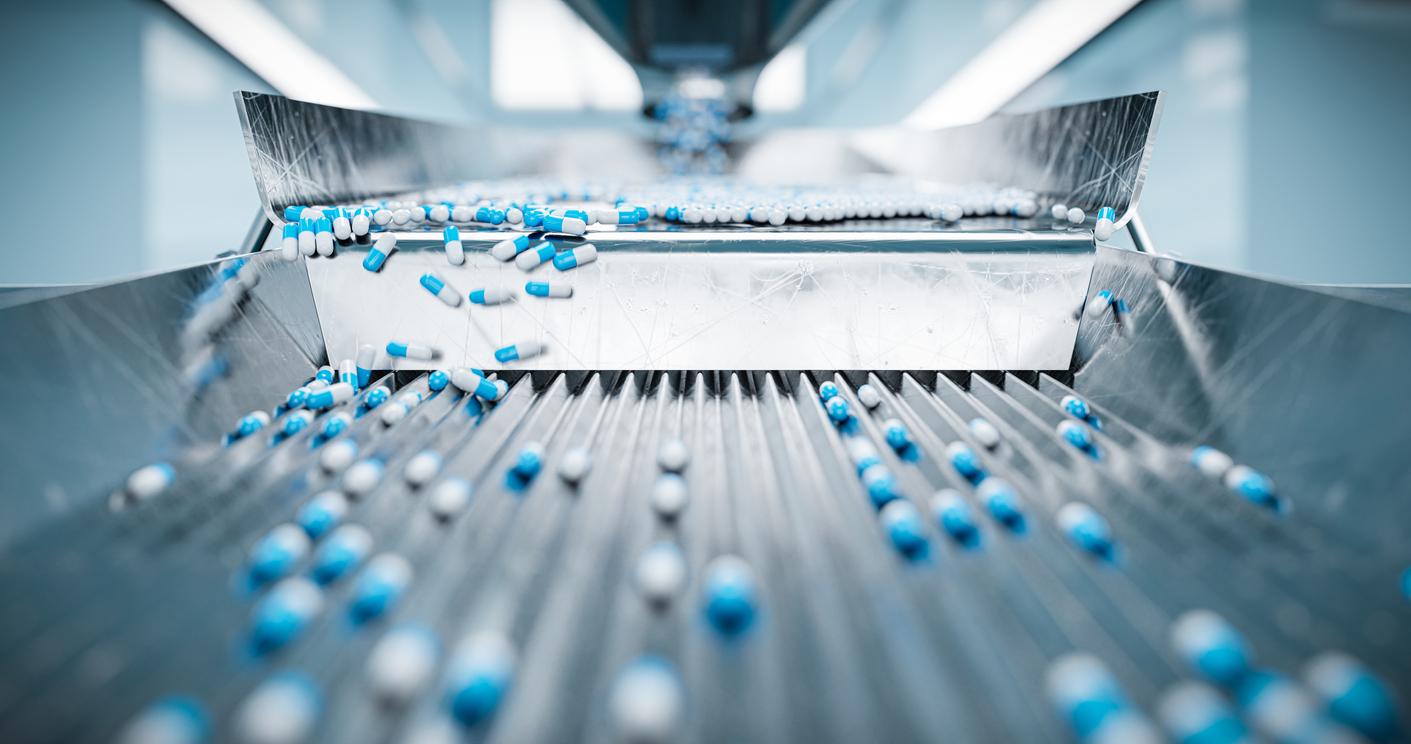Since the scandal of the fraudulent PIP breast implants, controls have been stepped up. The finding is positive, even if vigilance is necessary, through regular monitoring.
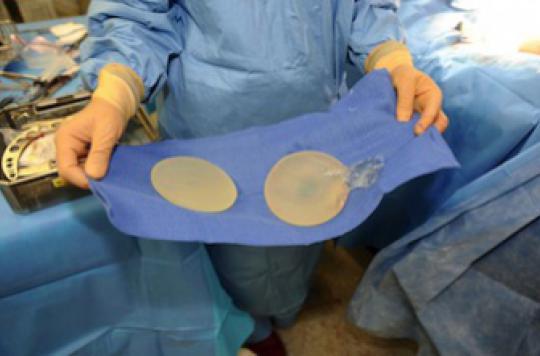
Vigilance and regular monitoring are the watchwords after the installation of breast implants. Especially since the PIP prosthesis scandal. Especially since many women are carriers in France. 610,000 implants filled with silicone gel have been sold by eight different companies since 2001. And the PIP case did not discourage the French women. This is the first lesson of the evaluation report of the Medicines and Health Products Safety Agency (ANSM) published on May 6. In 10 years, the number of women opting for breast augmentation has doubled, reaching 48,000 in 2013. Since 2001, no less than 610,000 silicone gel-filled breast implants have been sold by eight different companies.
The prosthesis market is healthy
Since the PIP affair, all prostheses have been closely monitored by the Medicines Safety Agency (ANSM), which has not reported “any non-compliance likely to cause a risk to the health of patients” since 2010. The results of these checks are therefore generally positive. According to Dr Brigitte Heultz, doctor and director in charge of therapeutic medical devices at ANSM, “the current market for breast prostheses is healthy today in France, inspections have shown that manufacturers are working properly. There are no more frolate gels in breast implants at all. PIP is an isolated fraud. ”
However, it is necessary that there be a regular follow-up by the general practitioner or by the surgeon who implanted them because the placement of breast implants is not trivial.
Monitor the risk of implant rupture
The first thing women need to know is that “a breast implant does not have an eternal lifespan”, emphasizes Dr Brigitte Heultz. Supposed to last a decade, it ruptures an average of 7.6 years after the operation. If it is an expected event in the “life” of an implant, this precocity poses a problem. “Women must therefore make their decision to locate with full knowledge of the facts. They must be aware that in their life as women they may have several implants, several surgeries and therefore take risks each time. They should be aware that there may be incidents. ”
The second risk for which women must have precise information is that of cancer. On this point, the ANSM is still reassuring: the risk of breast cancer after implantation is not higher than in the general population. Between 2001 and 2013, 22 cases of mammary adenocarcinoma – the most common form – in implant carriers were reported to the ANSM. It is mainly anaplastic large cell lymphomas (ALCL) that are attracting the attention of the Agency.
According to Dr Nathalie Bricout, plastic and aesthetic surgeon, “Malignant lymphoma on the breast affects 3 in 1 million women. 34 cases have been detected worldwide and 6 in France. So these are extremely low statistics. It can occur with both kinds of implants. We do not know to what this is due, and we are starting to be sensitized by the INCA (National Cancer Institute). But, that’s no reason to discourage women. ”
An ultrasound every year
Concretely, even if it is a cosmetic surgery, women should not neglect their medical follow-up. Quite the contrary. For Dr. Nathalie Bricout, after the placement of an implant, “you need annual monitoring, at least by ultrasound from the fifth year. Indeed, the quality of the gels has improved so much that there is no apparent sign of a breakage. Clearly, the breast does not change in size and women cannot realize it on their own, insists the surgeon. And if we see signs of rupture on the ultrasound, the implant must be changed because there are signs of inflammation. ” Dr Bricout nevertheless specifies that the removal of an implant due to rupture is not a surgical emergency.
.








